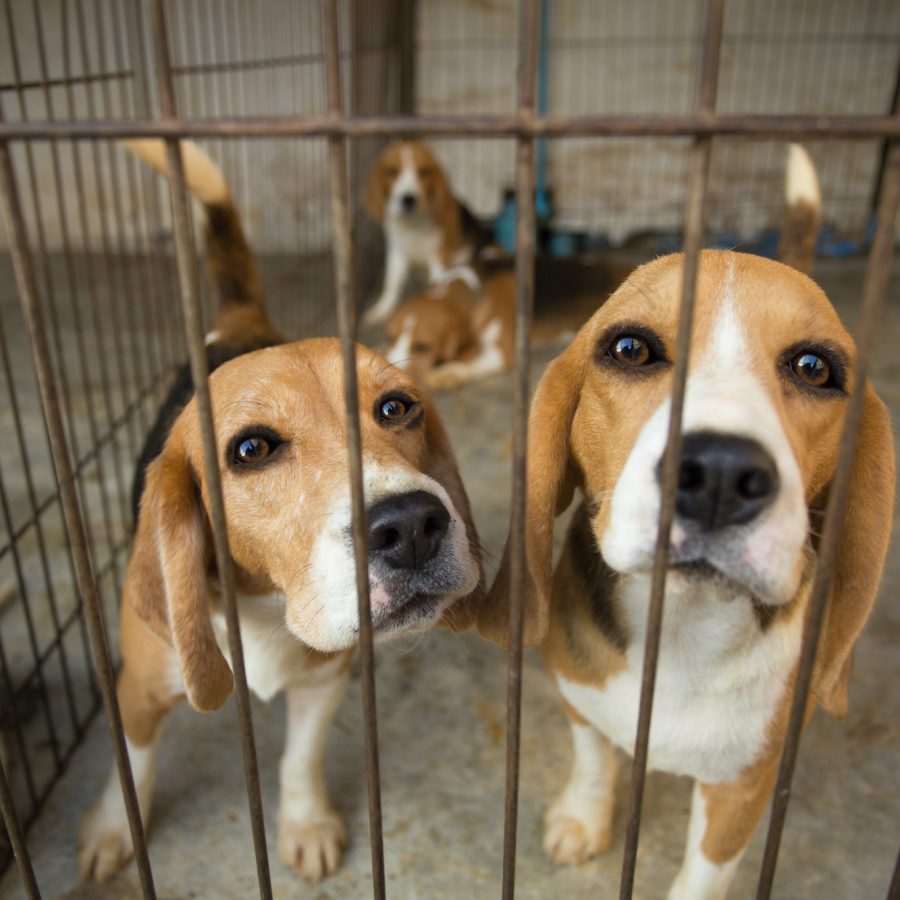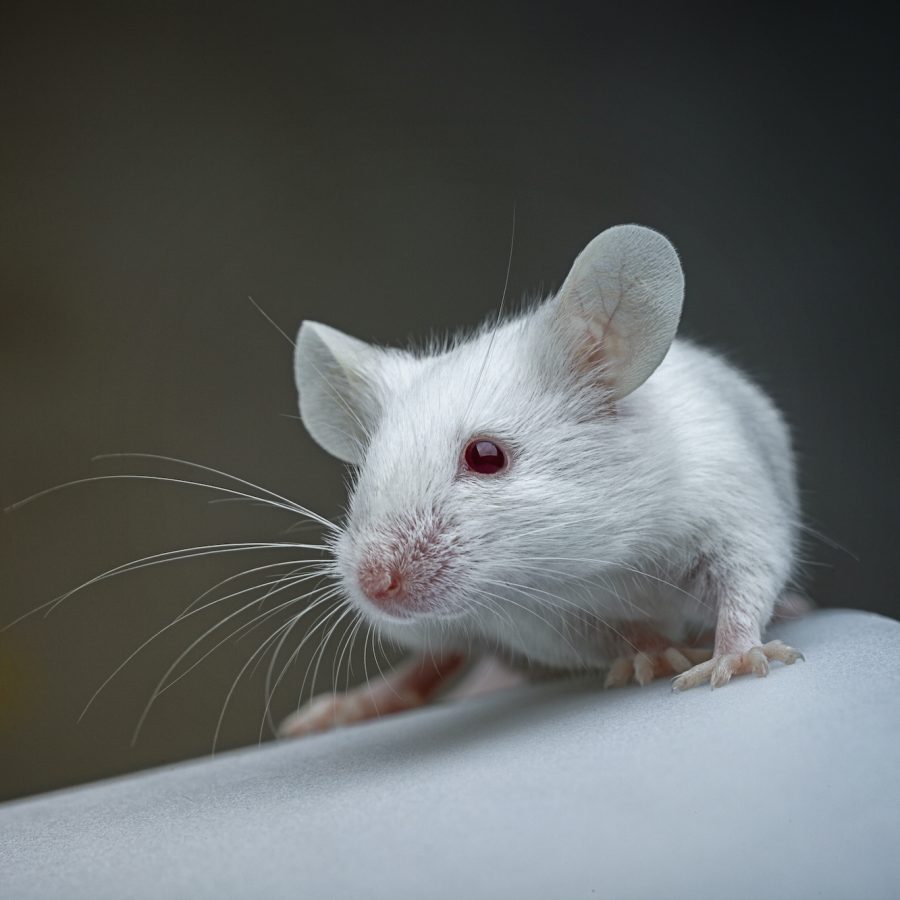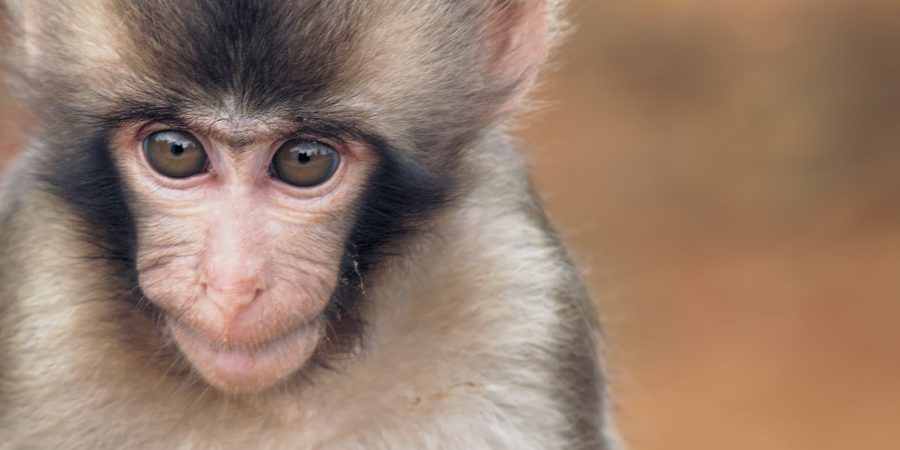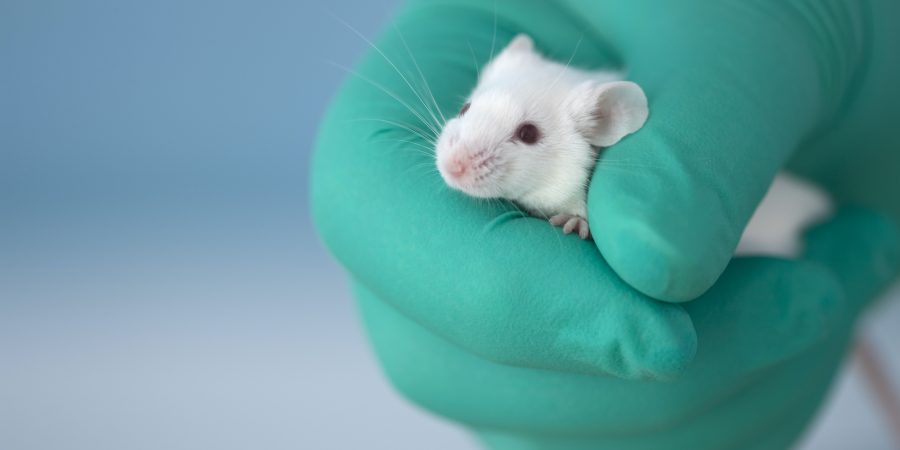This is an ethical and moral issue of the first order. If animals are so like us that we can substitute them for testing instead of using humans, then surely those animals have the very attributes (ability to suffer physically and psychologically, conscious awareness) that mean they deserve respect and protection from harm.

Animal testing for cosmetics in Australia
In 2019, Australia introduced laws to ban the testing of new cosmetic ingredients and products on animals – but the changes don’t go far enough.
While the change was an important step, existing cosmetic ingredients and products tested on animals can still be sold, and experimentation for other purposes still happens today. Because of this, many people are choosing to protect rabbits, dogs and other animals from cruel and unnecessary tests by only purchasing and using cruelty-free products.
In Australia, ‘cosmetics’ does not just mean make-up; it includes a broad range of personal care and grooming products such as toothpaste, shampoo, deodorant, shaving cream, perfume and moisturisers. Find out more about what brands and companies do and don’t test on animals.
Ask the experimenters why they experiment on animals and the answer is: 'because animals are like us.' Ask the experimenters why it is morally okay to experiment on animals, and the answer is: 'because the animals are not like us.' Animal experimentation rests on a logical contradiction.

A widespread issue
It is easy to think that animal experimentation has nothing to do with the average Australian — but it does. Any person who donates to a medical charity is potentially assisting to fund research involving animals. Therefore it is necessary to have a basic understanding of the issues, the impacts on animals and the alternatives, to allow an informed decision to be made as to whether it is appropriate to financially support what has become a multi-billion dollar industry.
Animal experimentation and the invasive use of animals for teaching, is inherently wrong. The use of animals in research and teaching is more about tradition and history than it is about science. Animals Australia is not opposed to ‘scientific progress’, but we are opposed to the use of animals – who can think, feel, and suffer – in the pursuit of that progress.
Vivisection is a social evil because if it advances human knowledge, it does so at the expense of human character.

Animal research has become big business
Today, animal research is a multi-billion dollar industry, encompassing the pharmaceutical and chemical industries, universities and government bodies. There is also a significant industry providing support services in relation to animal research, including animal breeding, food supply, cage manufacture, etc.
According to the latest available data, in 2018 more than ten million animals were used in research and teaching in Australia. Many (but not all) of those animals are subjected to some degree of pain and/or stress during the experimental procedure or as a result of the environment in which they are kept prior to and/or after the procedures. Australia does not publish national animal research and teaching statistics, but most states gather them and publish them separately. See the statistics at Humane Research Australia.
Research and teaching using animals cover wide areas of activity. The public perception that animal-based research primarily takes place in the field of medicine is false. Animal-based research is widely used in agriculture and ‘basic’ scientific research in relation to which the argument ‘animal research saves (human) lives’ does not apply.
Animals in teaching
The use of animals in teaching at all levels of secondary and tertiary education is still widespread. The majority of such teaching is not directed towards veterinary practice nor training in clinical procedures in humans. In fact, many students are required to use animals in practical classes, then choose careers in which they will never need to use animals.
Some schools have inappropriate facilities and staffing for animals to be housed on site. Any benefits gained by the use of animals in teaching are often outweighed by its tendency to convey the message to students that animals are merely tools available to satisfy human research and curiosity.
There are sufficient alternative teaching aids available to meet the same or more useful educational objectives as those currently being met with the use of animals.
At the tertiary level, Animals Australia considers that the need for animals in teaching cannot be established except in relation to the teaching of veterinary and animal science courses. Where no non-animal alternatives exist, knowledge and skills should be obtained by study of, and practical work on abattoir materials, models, or through assistance with actual clinical cases.


Primate experimentation
It would shock caring Australians that every year hundreds of non-human primates are being tested on in universities and institutions around the country. Three primate breeding facilities supply these Australian researchers with animals for experimentation — ‘supplemented’ by the importation of animals from overseas countries where poaching and habitat destruction is a significant cause of plummeting wildlife populations, with some breeds of macaque monkey being critically endangered almost to the point of extinction.
However, for all our apparent similarities, the results of animal experiments on non-human primates cannot be directly applied to humans — meaning that, ultimately, hundreds of primates are being harmed and killed every year in tests that don’t translate to humans.
Alternatives to animals?
There are already many alternatives to using animals which have been developed, particularly in the areas of toxicity testing and teaching. Developments have occurred most rapidly and effectively in countries in which the use of animals is prohibited. The use of alternatives may involve the use of the same experimental goals but instead use techniques that may include cell cultures or computer programs, or it may involve changing the experimental aim altogether, such as eliminating an animal-based experiment and replacing it with a clinical experiment involving humans.
The failure to use alternatives is too often caused by a reluctance to deviate from the previous methodology or lack of funding. Alternatives, however, are crucial to eliminating the suffering millions of animals endure each year in research and teaching.
This image contains content which some may find confronting

What you can do
As a consumer:
- Click here to sign the pledge not to buy products tested on animals, and encourage your friends and family to take the pledge too!
- Avoiding cosmetics and toiletries that have been tested on animals, or have animal-based ingredients is easy — find out which products are cruelty free here.
As a donor:
- If you wish to donate to a charity, ensure it is not one that supports the use of animals in research. See the list of charities which have adopted a ‘no animal testing’ policy.
As a student:
- Advise your teacher and/or your school/institution that you will not take part in the use of animals in classes, and encourage them to adopt non-animal alternatives in their teaching.
- Visit Interniche — a great organisation dedicated to the adoption of humane education techniques, and including some great resources.
As a community member:
- Learn about the reality for animals who are used in research and teaching, and write to the relevant brands as well as government decision-makers to let them know of your views.
- For further information on these issues, visit Humane Research Australia.



